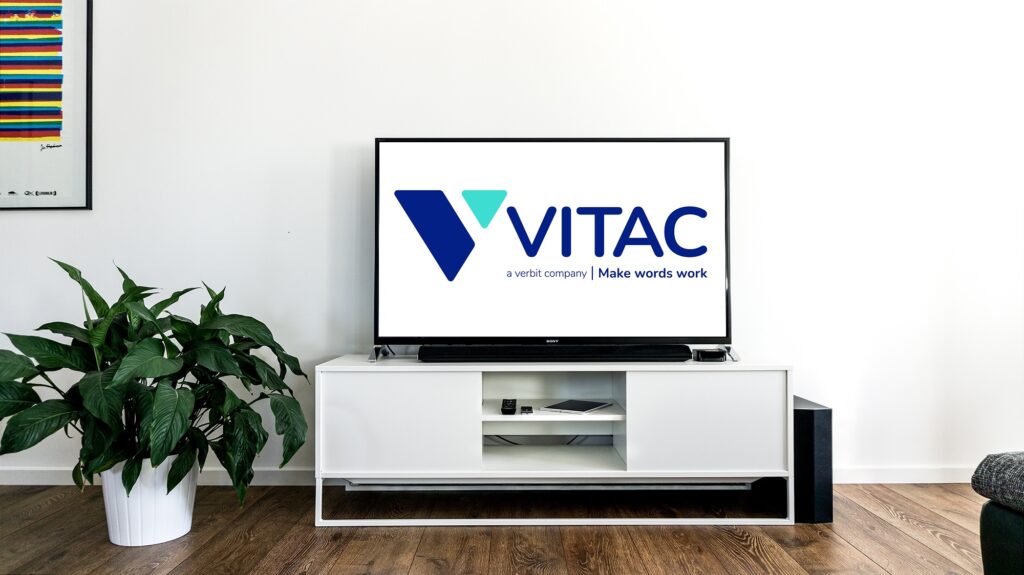As students begin looking forward to the end of this school year, administrators and school officials already are eyeing budgets. And as budget planners decide on next year’s spending plan, it’s crucial that they consider an important component – accessibility.
Introducing assistive devices and services, such as classroom captioning or audio description, has been shown to improve the overall learning experience for all students. It’s also a great way for schools to let their communities know that they value all learners by creating more inclusive educational environments.
Budgeting Tips
Disability-led non-profit organization Mobility International USA offers a few suggestions for planners looking to add accessible and inclusive solutions to their budgets.
- Plan for the cost of disability-related accommodations in all funding requests and organizational budgets.
- Add a “disability-related accommodations” line-item to program, and administrative budgets and incorporate costs into the total request.
- Estimate 3-5% of the total program costs for mainstream programs (i.e. a program that is geared to the general population, which includes disabled and non-disabled people).
- Estimate 2-3% of the total administrative costs for organizational investments (e.g. disability accommodations for staff and volunteers or making websites accessible).
Like all budgetary items, there will be schools that have available funds for accessibility needs, and schools that need to find other alternatives to fund inclusion. This might include devoting a specific portion of tuition fees each year specifically for accessibility; finding line items in existing budgets that can be used for captioning and audio description, such as in a technology, education supplies, or special services budget; initiating a private funding campaign with local organizations and businesses; or applying for educational grants to help offset the costs.
 Schools, colleges, and universities can apply to several federally funded grants through the U.S. Department of Education to help pay for accessibility costs. The department’s Educational Technology, Media, and Materials program is a primary source of support for accessible technology and media-related activities under the Individuals with Disabilities Education Act (IDEA). The program supports two broad categories of activities − accessible technology and educational media and materials.
Schools, colleges, and universities can apply to several federally funded grants through the U.S. Department of Education to help pay for accessibility costs. The department’s Educational Technology, Media, and Materials program is a primary source of support for accessible technology and media-related activities under the Individuals with Disabilities Education Act (IDEA). The program supports two broad categories of activities − accessible technology and educational media and materials.
Other grants, like the California Community Colleges’ Distance Education Captioning and Transcription (DECT) grant, help California Community Colleges obtain funding for live and prerecorded captioning and transcription for all students in distance education courses. VITAC is recognized as an approved vendor for live, realtime captioning, which includes realtime captioning of classes, lectures, and podcasts that are delivered live via webcast, broadcast, Internet TV, and other means.
Below are just a few areas in which schools could consider accessibility solutions.
In the Classroom
Classroom captions can help both visual and auditory learners, and improve comprehension, engagement, and retention for all. Captions help students focus, and can clarify a video or presentation’s muffled or distorted audio, dialogue − particularly accented speech − and technical terms and jargon. They also provide the benefit of transcripts, a written summary of all that was said during the class, enabling students to have a summary of what was discussed, including key thoughts, stats, and information that can be revisited later.
A number of schools, nationally recognized universities, community colleges, online lecture providers, and informational program producers rely on VITAC’s wide range of services. Our solutions include live captioning for classroom instruction and streaming and broadcast video, including non-broadcast sporting events and graduation ceremonies, and offline captioning for online lecture platforms and prerecorded classroom video content for students of all ages.
Remote Learning and Web Conferencing
Web conferences and online classes jumped to the forefront last year as schools moved to remote learning or hybrid education models. Regardless of where the classroom is, communicating with students is crucial, and it’s especially important that everyone is included in the conversation.
VITAC can bring captions to multiple virtual meeting platforms, such as Zoom, Google Meet, or Cisco Webex. Our video conferencing solutions provide greater accessibility and inclusion for classroom lectures, school conferences, and district board meetings.
School Websites
For many, a website is the first place that students visit when trying to learn more about a school, its programs, its perks, and its possibilities. It’s the virtual front door of any campus, and having an accessible website that welcomes all students is important.
It’s also the law. Though the Americans with Disabilities Act (ADA) doesn’t explicitly mention websites and website accessibility, it has been widely interpreted by the courts to cover it. The U.S. Department of Justice has held that the ADA’s reach is broad enough to include websites as an extension of a business’s operations, while the courts have found that if ADA laws apply to an organization, business, government body, or academic institution, among others, then they also apply to that entity’s websites.
Live Sports and Events
Extracurriculars are an important part of academic life, and making on-campus sports, events, and concerts accessible makes for a more inclusive school experience.
VITAC’s Event Center and Stadium Captioning Solutions enable remote captioners to listen to live audio feeds from school arenas, stadiums, or event centers, and translate that audio into realtime text that can then be displayed on the venue’s scoreboard, ribbon board, or in-stadium closed-circuit television system. Captions also can be streamed to a dedicated URL, enabling students and fans to access captions directly on their mobile phones or tablets. Schools also work with us to bring captions to their commencement ceremonies to ensure accessibility for all graduates and attendees.
Make the Right Budget Decision
Ultimately, there is no substitute for being 100% ADA compliant. Providing accessible solutions − whether it be via captioned classroom content or accessible website design − not only satisfies accessibility requirements, it creates a more inclusive learning environment for all students, teachers, faculty, and administrators.
VITAC’s wide variety of services make it easy for schools, colleges, and universities of all sizes to hit their accessibility goals during the school year and beyond. Give us a call for more information.




